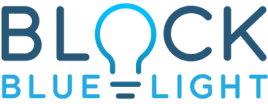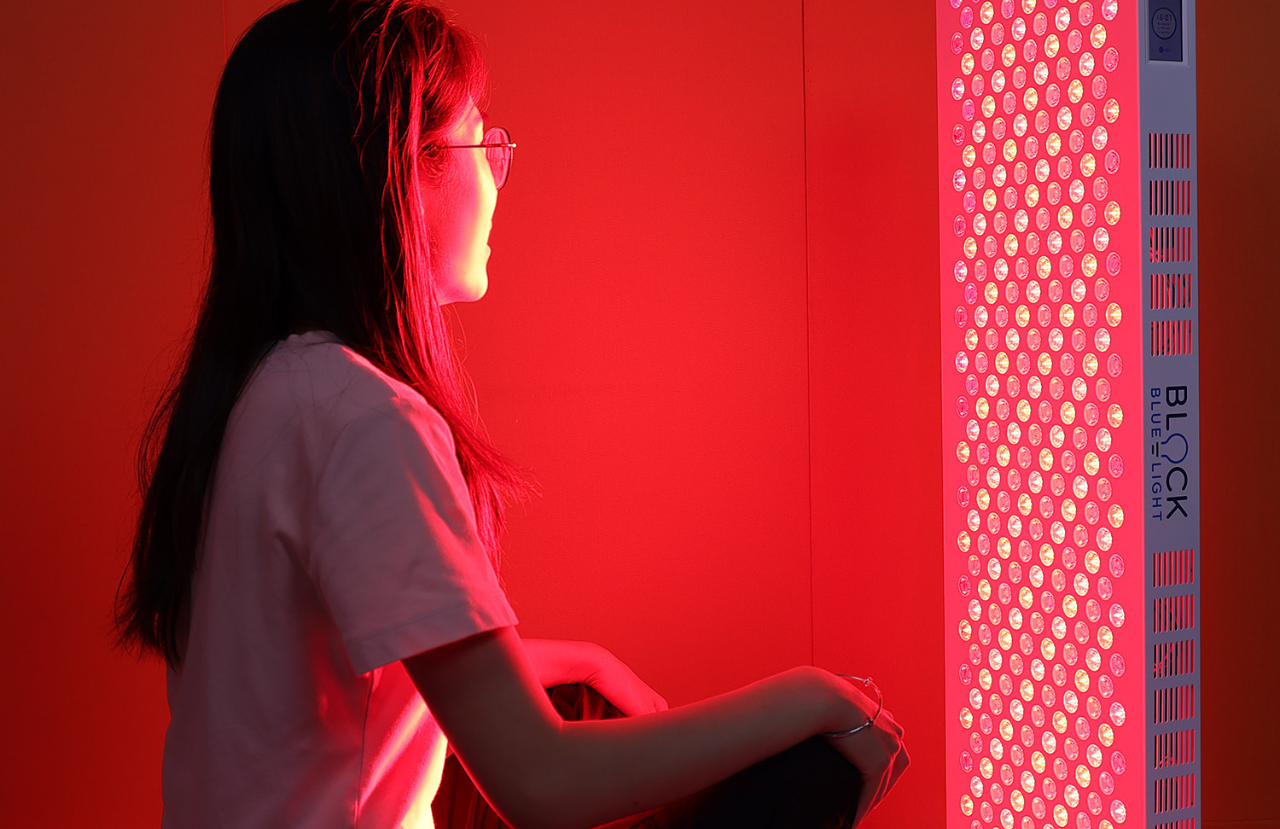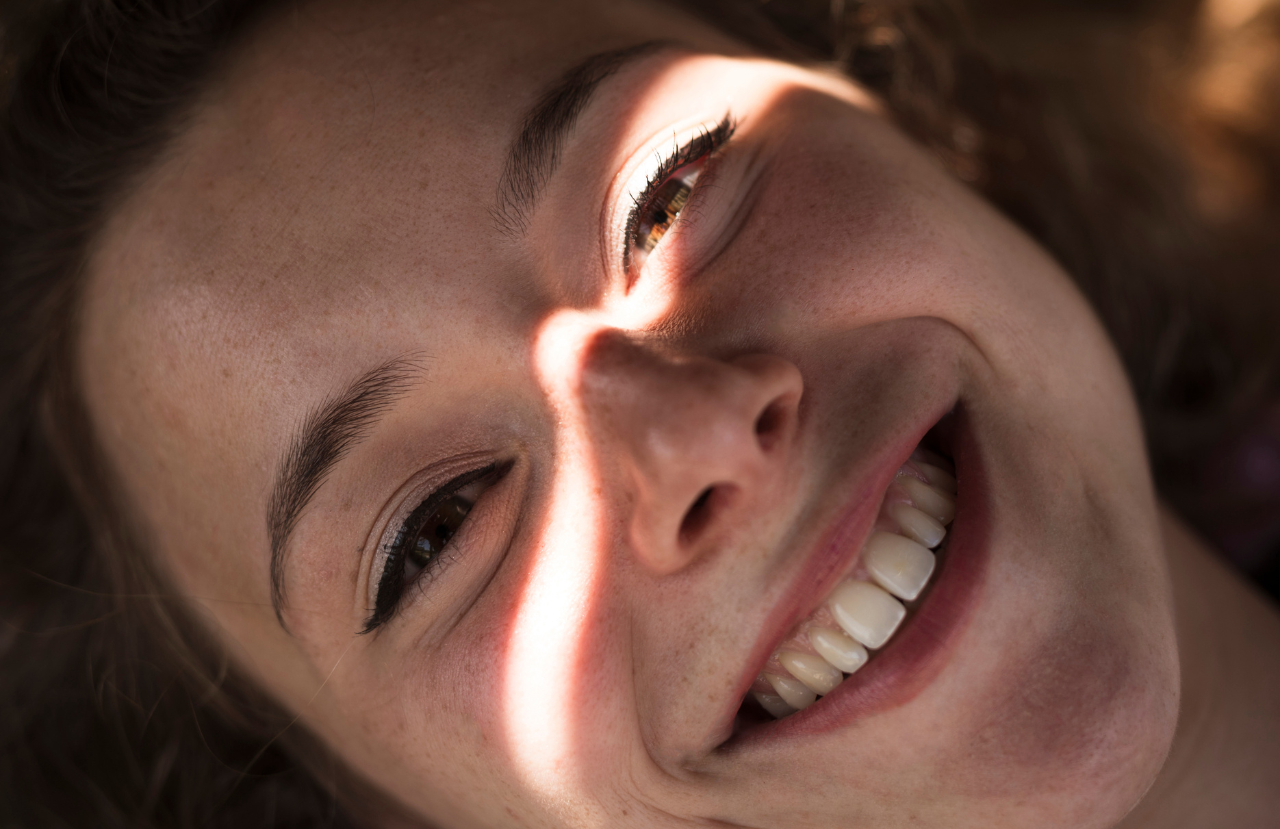Jump to Section
- What are reading glasses with blue light filters?
- What do reading glasses with blue light filters do?
- What strength blue light reading glasses should I buy?
- What should you consider when shopping for reading glasses with blue light filter?
- Customers Also Ask
When reading fine print, digital readers or viewing objects up close, our eyes can struggle to focus. That's where reading glasses come to the rescue. These specialized lenses make it easier to see nearby objects, reducing strain and making reading a more comfortable experience.
Contrary to a common misconception, reading glasses don't magnify small prints. Instead, they provide the appropriate diopter strength, typically ranging from +0.25 to +4.00. You may have seen glasses labelled, "75 reading glasses with blue light filter," and "0.5 reading glasses with blue light filter," etc. These diopter values are the degree to which they help sharpen your focus for reading and close-up tasks. This crystal-clear effect can create a perception of increased size.

What are reading glasses with blue light filters?
Reading glasses with a blue light filter feature a lens like regular reading glasses but with an added advantage - a thin blue-light filter with special pigment inside. This innovative layer filters out the harmful wavelengths of blue light, explicitly targeting the 380-500nm range.
Understanding Blue Light:
Blue light is a high-energy visible light emitted by digital screens, LED lighting, and the sun. While natural exposure to blue light during the day is essential for regulating our circadian rhythm and boosting alertness, excessive exposure, especially during nighttime, can have adverse effects. Excessive blue light exposure during reading sessions can lead to a range of symptoms, such as eye strain, headaches, blurred vision, and dry eyes. Additionally, blue light exposure can impact our sleep patterns and therefore our overall well-being and cognitive performance.
What do reading glasses with blue light filters do?
Reading glasses with blue light filter and anti glare offer multiple diopter settings to make close-up objects, fine print and digital readers easier to read. However, what sets them apart is the lens technology that disperses the blue light rays before they even reach your eyes.
The thin filter acts as a protective shield, filtering the excessive wavelengths of blue light from digital screens, LED lighting. This helps to reduce eye strain, minimize potential discomfort, and create a more comfortable reading experience overall. These glasses can also contribute to better sleep patterns by regulating the body's circadian rhythm, as excessive blue light exposure during nighttime can disrupt sleep.
It's important to note that while blue light reading glasses can provide some protection against blue light, they do not block all blue light wavelengths. Implementing other healthy screen habits, such as taking regular breaks and adjusting screen brightness, should be used in conjunction to promote eye health.

Do I need a prescription for reading glasses with a blue light filter?
The great news is that you don't need a prescription to purchase reading glasses. They are available with various diopter strengths, allowing you to select the one that best suits your needs.
Even if you don't wear glasses or have weak eyesight, you can still use reading glasses to help you view close-up objects. However, if you've weak eyesight, the good news is that prescription reading glasses with blue light filters are available with us. So you can get your reading glasses customised to your prescription.
What strength blue light reading glasses should I buy?
Reading glasses are available at various 'diopter strengths' such as:
- 0.75 reading glasses with blue light filter
- 1.5 reading glasses with blue light filter, etc.
This range goes start at 0.25 and go up to 4.00 and higher. The higher the number, the greater the strength. Most people use reading glasses between +0.75 and +2.50 diopters in strength, but the power of your reading glasses will increase as you get older. If you don't know your number, consider visiting an optometrist or downloading a 'reading glasses strength chart' to discover it yourself.

The good news is that all the styles on BlockBlueLight can be customised to be reading glasses.
What should you consider when shopping for reading glasses with blue light filter?
1.Determine your lens colour
The lens colour depends on whether you're buying blue light reading glasses for day or night.
Day glasses are clear or yellow and have a mild filter, while night glasses are red or amber and have a strong filter. Read our lens colour guide to determine which lens you need.
2. Ask for a spectrophotometer report
Always ask for a spectrophotometer report, also known as a transmittance spectrum report when buying blue light-blocking glasses. This is a thorough report detailing the specific wavelengths filtered by the lens. It is measured by shining steady light through the lens and measuring the light output. The report outlines the 'wavelength' and the 'percentage' of light filtered. For instance, it can tell you whether blue light has been filtered by 10%, 50%, or even 100%.
So, what should this report indicate for different types of reading glasses? For clear-lens glasses, ensure that they filter at least 50% of the light in the 300-500 nm range. If the filtration is less than 50%, for example, 10% or 20%, the glasses will make a small difference.
Yellow-lens glasses should completely filter out blue light in the lower range of the blue light spectrum (400-455nm) and meet the above requirements.
As a trusted provider, all BlockBlueLight's products undergo individual lab-grade spectrophotometer testing, ensuring their efficacy.
3. Check if the glasses protect against the peak wavelength of blue light
Confirm that the glasses protect the peak blue light wavelength at 425nm, where the most damage can occur. BlockBlueLight's glasses incorporate a special pigment for protection in this range.
Remember, when it comes to health-related products, caution is paramount. The light entering your eyes influences your vision, hormones, mood, appetite, and sleep patterns. Investing in research-backed prescription glasses that effectively filter blue light is critical.
At BlockBlueLight, we embrace this notion and meticulously design our products to harmonize with your body and nature. Each pair of our blue light filtering reading glasses is individually tested, and the results are transparently shared in the product descriptions on our website.
Do you have additional questions? Explore our FAQs or delve into our comprehensive blog for more information!
Customers also ask
Can you get reading glasses with a blue light filter?
Yes, reading glasses with a blue light filter are available. They are designed to block harmful blue light and provide a more comfortable reading experience. All the frame styles on BlockBlueLight can be customized according to your desired reading glasses strength.
Is it OK to use reading glasses for the computer?
While reading glasses may not be optimized for the specific distances and visual demands of computer work. We recommend you use computer glasses specifically designed for digital screen use to ensure optimal visual comfort and protection.
What are the disadvantages of blue light filter glasses?
Clear blue light filter glasses do not have disadvantages. However, you may notice a slight yellowish/amber/red tint on the lenses, when using tinted lenses. This may be something you'll get used to.
Is a blue light filter safe for the eyes?
Yes, blue light filter glasses are safe for the eyes. They are designed to selectively filter excessive blue light wavelengths while allowing beneficial light to pass through. This helps reduce eye strain and minimize the potential long-term effects of excessive blue light exposure.




